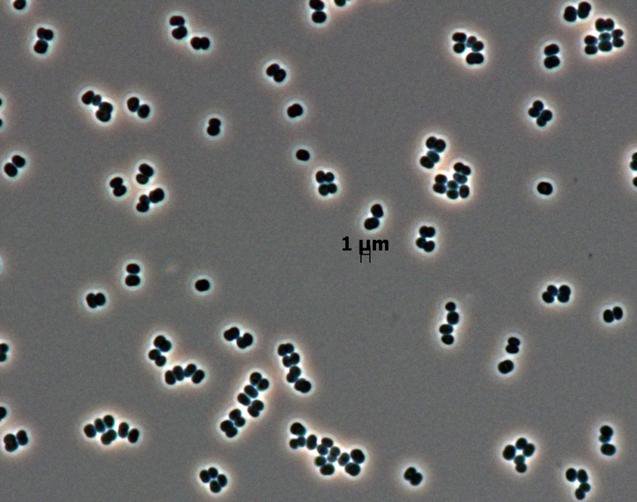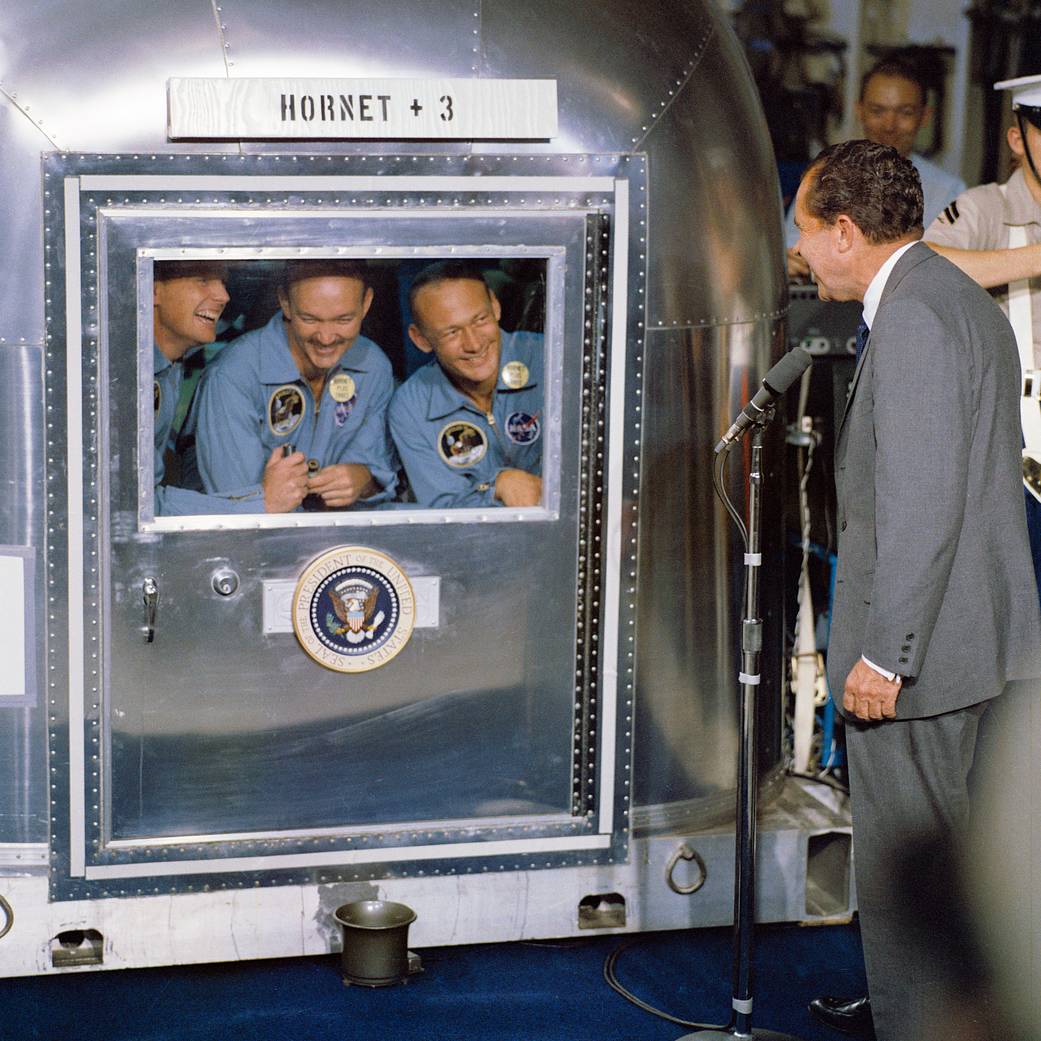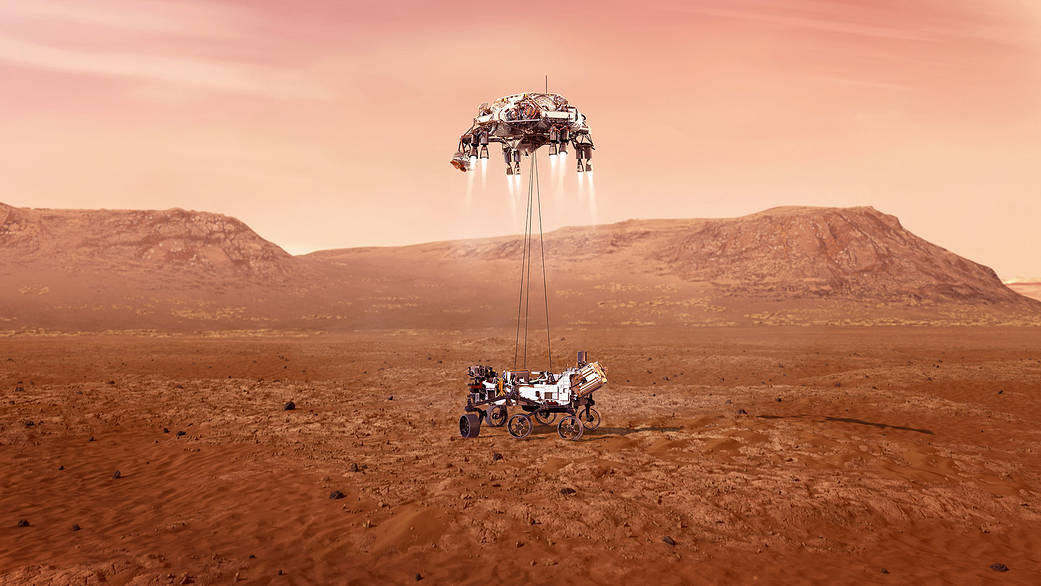Mars has long been a planet of interest for scientists, especially those involved in the search for life, past or present. There is currently an increase in Mars missions. The United States landed Perseverance in early 2021 and China is planning on doing so in April 2021. The primary focus for any mission to Mars is the search for signs of life (past or present). Therefore it is necessary to discuss ‘planetary protection’. Planetary protection is a collection of policies intended to protect planets (and moons, comets, asteroids, etc.) from contamination. There are two variants: forwards and backwards. Forwards contamination is concerned with the contamination of other planets by material taken from Earth. This protects any life that may be on those planets, but also means that scientists can be reasonably certain that any signs of life they discover are actually signs of ‘extraterrestrial’ life and not transplanted Earth life. Backwards contamination is concerned with the potential contamination of Earth by extraterrestrial material returned by spacecraft.
 This microscopic image shows dozens of individual bacterial cells of the recently discovered species Tersicoccus phoenicis. This species has been found in only two places: clean rooms in Florida and South America where spacecraft are assembled for launch.
This microscopic image shows dozens of individual bacterial cells of the recently discovered species Tersicoccus phoenicis. This species has been found in only two places: clean rooms in Florida and South America where spacecraft are assembled for launch.
Planetary protection has a long history. The Committee on Space Research (COSPAR), an international non-governmental organisation, began discussing planetary protection in the 1950s and produced (and maintained) a planetary protection policy, which has become the internationally recognised ‘gold standard’. This policy contains a set of scientific guidelines or recommendations for the avoidance of ‘harmful contamination’. It categorises planets (and moons like Europa) based on their potential for life (or signs of life, past or present). These categories call for differing levels of protective measures (Mars is better protected than the Moon; Lunar Missions are Category II, Mars either Category II or IV). The levels are based on a range of factors, such as the ‘habitability’ of the world in question. The guidelines specify what measures need to be taken for any missions (even specifying the quantity of ‘spores’ considered permissible on the space craft.) These can vary for the same world; certain areas of Mars have higher levels of protection, for example.
However, as the product of a non-governmental organization, the COSPAR policy is not legally binding. It is what lawyers refer to as ‘soft law’ (for the role of soft law, or non-binding norms, in International Law see Shelton, 2000); for space law specifically see Marboe, 2012). This means that there is no formal, legal obligation for States to abide by these guidelines, however there is a strong consensus that they should. States can, through legislation, create a legal obligation for companies and other entities without taking on a legal obligation themselves on an international level. That said, States do have an obligation under international law to avoid the ‘harmful contamination’ of ‘Outer Space, the Moon and other Celestial Bodies’, as well as the Earth due to Article IX of the Outer Space Treaty of 1967. The treaty does not define ‘harmful contamination’. However, for over 50 years space agencies have adhered to the principles of planetary protection (and developed their own related policies) which establishes a fairly strong expectation that future missions will also comply with these principles (which have arguably earned the status of customary international law). Further, there is a social and moral aspect to this obligation. Space scientists expect missions to comply with the planetary protection principles; to not do so risks condemnation from the scientific community. This ensures a degree of compliance, at least by scientists.
 Nixon welcoming the Apollo 11 crew in quarantine.
Nixon welcoming the Apollo 11 crew in quarantine.
There are concerns about non-governmental spaceflight to celestial bodies. These have been exacerbated by SpaceIL’s lunar landing attempt and their ‘illicit’ tardigrades, and the plans of other private actors (most notably Elon Musk) indicate the days of space ‘beyond Earth orbit’ being the sole preserve of government scientific operations are coming to a close. However, that does not mean that space will become a lawless ‘wild west’. Private actors are not exempt from international space law. Article VI of the Outer Space Treaty stipulates that states are responsible for the activities of their nationals in outer space. States are required to authorise and continually supervise these activities. Further, the liability for damages caused is accrued by the state not the private actor directly (although States can require insurance or indemnification policies as part of their licencing process). States have an obligation and a responsibility to ensure that their private actors adhere to the provisions of the Outer Space Treaty and the broader space governance regime (which via Article IX of the Outer Space Treaty incorporates planetary protection, even if not the exact wording of the COSPAR policy). It is difficult to predict future state practice, particularly given the limited directly relevant precedent, however the general approach taken so far by the US government is encouraging. This is particularly true in light of the most recent update of NASA’s planetary protection policy which explicitly stipulates that it is the implementation of the US’ obligations under Article IX of the Outer Space Treaty. Based on this it is reasonable to assume that any licence for a non-state actor granted by the United States would require adherence to the NASA planetary protection policy (which broadly aligns with the COSPAR policy). However, caution needs to be heeded as this is not guaranteed to be maintained in perpetuity, there have already been attempts in the US Congress to potentially exempt private actors from planetary protection requirements (although it is worth noting that a key principle of international law is that national legislation does not excuse states from their obligations under international law, which means that even if the US exempts its companies from the obligation, the US is still liable under international law).
 SpaceX is aiming for Mars.
SpaceX is aiming for Mars.
This article has focused on the legal and policy aspects of planetary protection; however, it is important to note that at its heart this is a moral, philosophical and ethical question. What is the purpose of space activities? What value do we, collectively, place on the scientific integrity of outer space? Is establishing a human presence on Mars more important than the search for life? These are just some of the questions that frame the planetary protection issue. The future of planetary protection, and space governance more broadly, will be about balancing interests. Scientific investigators will increasingly have to share space ‘beyond Earth orbit’ with other actors, but how to balance those interests, and who takes priority, will be part of an ongoing conversation. It is a conversation that needs to happen, and it needs to involve the broader human community, not just those interested in space.
Banner image credit: Nasa’s Perseverance. NASA/JPL-Caltech, CC BY-SA
 This article is part of the Astrobiology Collection on OpenLearn. This collection of free articles, interactives, videos and courses provides insights into research that investigates the possibilities of life beyond the Earth and the ethical and governance implications of this.
This article is part of the Astrobiology Collection on OpenLearn. This collection of free articles, interactives, videos and courses provides insights into research that investigates the possibilities of life beyond the Earth and the ethical and governance implications of this.

Rate and Review
Rate this article
Review this article
Log into OpenLearn to leave reviews and join in the conversation.
Article reviews